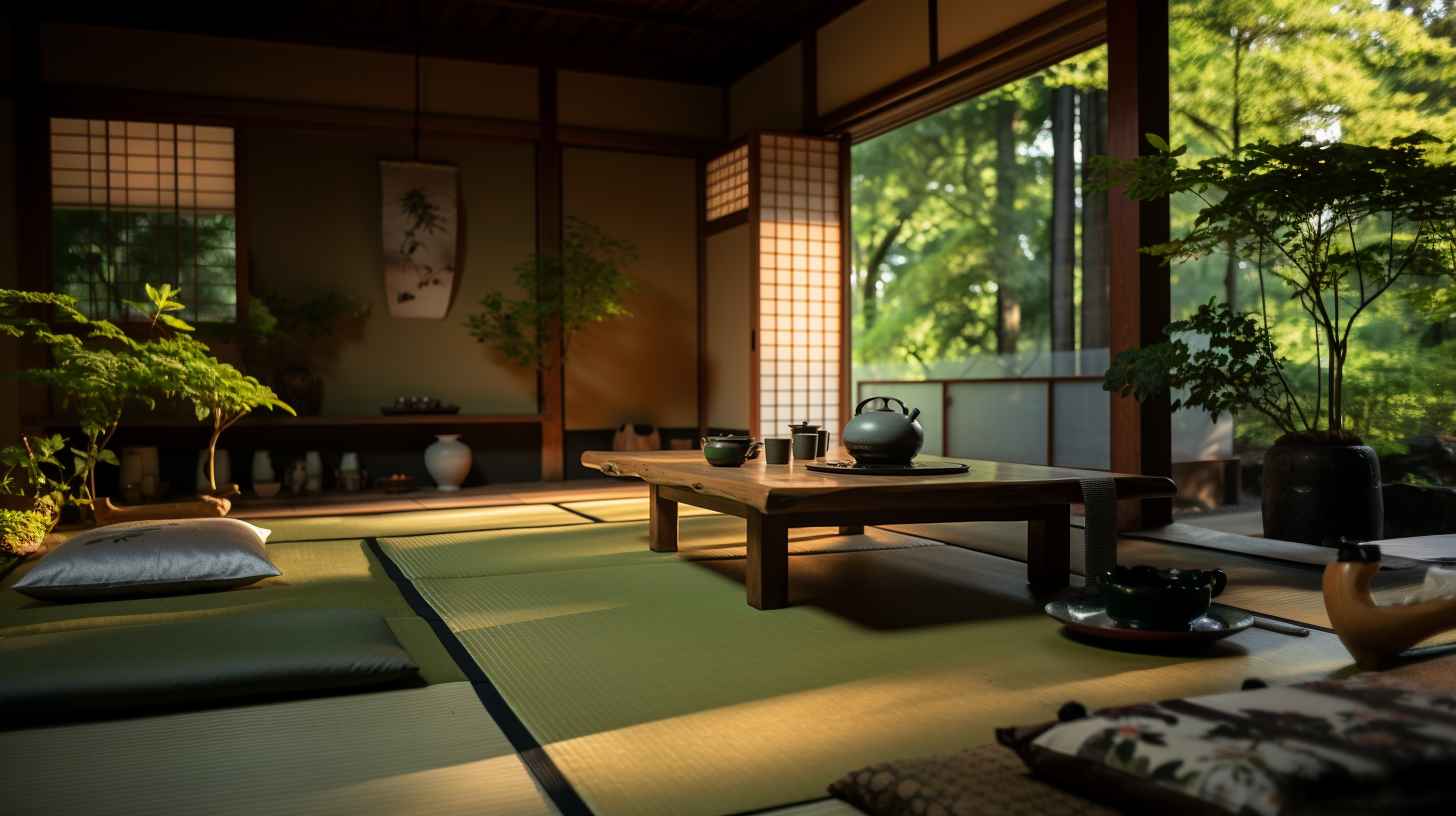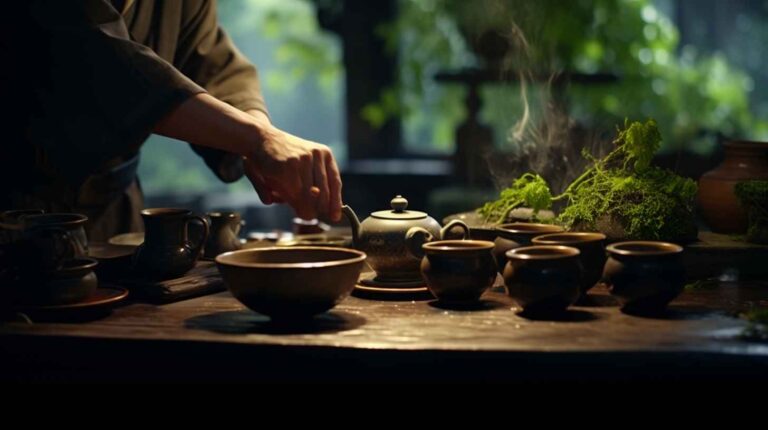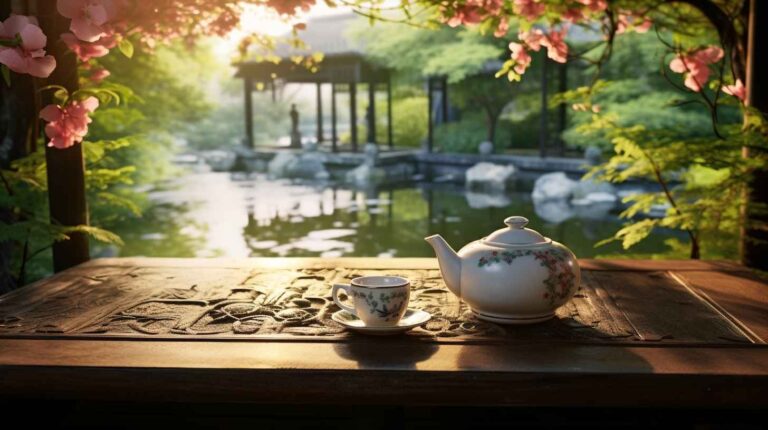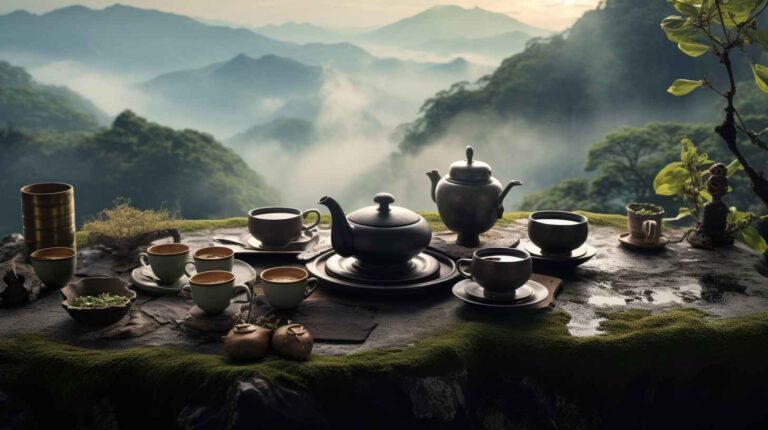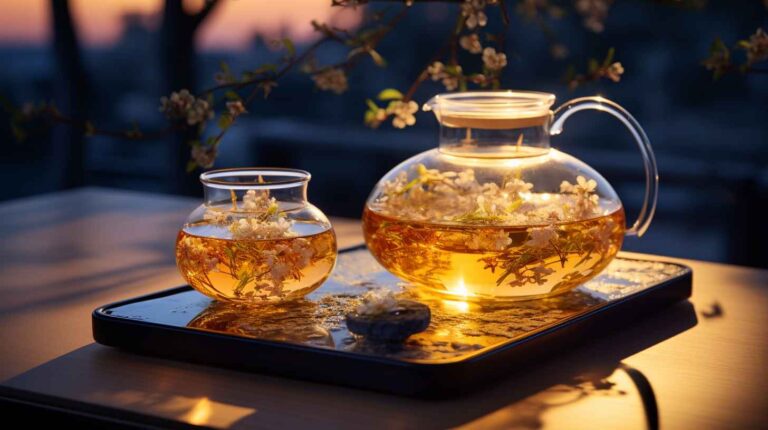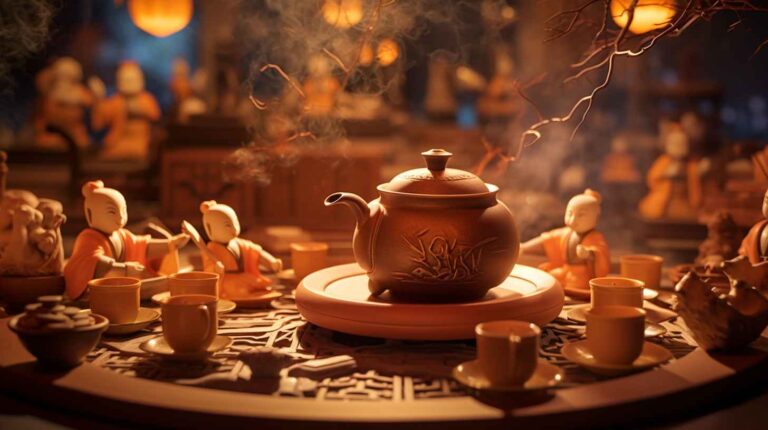Matcha Whisking: The Zen Art of Achieving Frothy Perfection
Introduction
The vibrant world of tea is a spectrum of colors, aromas, and flavors, drawing enthusiasts from all corners of the globe. It is this wide array of experiences that captivates the senses and invigorates the soul. And amidst this vast expanse of tea culture, a particular shade of green stands out — the rich, velvety hue of Matcha. As you delve into the world of Matcha, you realize that its preparation is as much a ritual as it is a recipe. The act of whisking, pivotal to achieving the desired texture and taste, is not just about technique; it’s a dance of traditions, beliefs, and spiritual introspection. Through this article, we journey into the profound depths of Matcha whisking, unveiling its historical roots, the spiritual essence it embodies, and the meticulous technique that brings forth frothy perfection.
Historical Roots of Matcha and Its Whisking Tradition
The tapestry of Matcha’s history is richly woven with threads of culture, spirituality, and traditions. Tracing its origins back to China during the Tang Dynasty, Matcha was initially prepared by forming bricks of tea leaves which were then powdered and mixed with water. However, it was in Japan, under the influence of Zen Buddhism, that Matcha found its true essence.
As Matcha’s popularity grew within the monastic communities of Japan, it was not just seen as a beverage, but as a means of meditation and a reflection of the Zen philosophy. The Japanese tea ceremony, “chanoyu,” blossomed from this very philosophy. This ceremonial preparation of Matcha, rich in symbolism, is a journey of mindfulness and harmony. And at its core lies the act of whisking, which is believed to unify the triad of mind, body, and spirit.
The chasen, the humble bamboo whisk, is the unsung hero in this ritual. Crafted with meticulous precision, each chasen tells a story of its own. Artisans spend years mastering the craft, producing whisks that are as unique as fingerprints. The design, rooted in the wabi-sabi aesthetic, celebrates the beauty of imperfection, reminding us of the transient nature of life.
The Spiritual Essence of Whisking
Whisking is not a mundane act; it’s a dance, a meditation, and an embodiment of Zen principles. The traditional tea rooms, where Matcha preparation takes place, are sanctuaries of silence. The world outside fades away, and one is left with the rhythmic motions of the chasen, the gentle swish of the whisk against the bowl, and the metamorphosis of the Matcha powder into a frothy, vibrant concoction.
Every swirl and twirl of the whisk is a step towards mindfulness. It beckons the practitioner to be in the moment, to be wholly present, and to immerse in the act. The repetitive motions, seemingly simple, demand focus and precision. This concentration, coupled with the serene ambiance, brings forth a sense of tranquility and clarity, making whisking a meditative experience. It is a reflection of the Zen principle that in simplicity lies profound depth.
Technique: Crafting the Perfect Froth
Like any art form, whisking Matcha demands dedication, practice, and an understanding of the nuances involved. A perfect cup of Matcha is a blend of quality ingredients, the right tools, and impeccable technique. Let’s delve into the steps that lead to frothy perfection:
- Selecting the Right Tools:
- Chasen (Bamboo Whisk): Not all chasens are created equal. The bristle count, flexibility, and craftsmanship play a pivotal role in achieving the desired froth. A chasen with a higher bristle count is ideal for a finer, creamier froth. Before making a purchase, inspect the tips to ensure they’re free from defects.
- Chawan (Tea Bowl): The bowl’s significance goes beyond aesthetics. Its shape and size influence the whisking process. A wide-brimmed bowl offers ample space for the chasen to move, facilitating the formation of froth.
- Matcha Powder: Quality is paramount. Investing in a high-quality ceremonial grade Matcha ensures a rich flavor profile and vibrant color.
- Preparing the Chasen: Like any instrument, the chasen requires care and preparation. Before its maiden whisking, immerse it in warm water. This not only softens the bristles but also ensures they gain the flexibility required for effective whisking.
- Sifting the Matcha: Lumps are the nemesis of a smooth Matcha. A fine sieve is your weapon against these unwanted clumps. Sift your Matcha powder into the chawan, ensuring a fine, lump-free powder as the base.
- Adding Water: The water’s temperature is crucial. Boiling water can scald the Matcha, impacting its flavor. Aim for water that’s around 70-80°C (158-176°F). Use a thermometer if you’re unsure.
- The Whisking Motion: With all elements in place, the whisking begins. Contrary to what one might think, a circular motion is not ideal. Instead, move the chasen in a “W” or “M” pattern. This aerates the Matcha, leading to the formation of fine bubbles, which eventually coalesce to form the signature froth.
- Finishing Touches: As the froth starts forming, modulate your whisking speed. Slow down, gently gliding the chasen over the surface to break larger bubbles. The culmination of your efforts should be a Matcha with a thick, creamy froth dotted with micro-bubbles.
Caring for Your Chasen
A masterful performance, be it in music or in Matcha whisking, is not solely a testament to the skills of the performer, but also the quality and maintenance of the instruments they employ. The chasen, a pivotal tool in the art of Matcha whisking, requires diligent care to ensure it stands the test of time.
- Post-Whisking Cleanse: Once you’ve achieved your frothy perfection, it’s time to turn your attention back to the chasen. Rinse it gently under cold water, allowing the stream to flow through the bristles, washing away any Matcha residue. Refrain from using harsh detergents or soaps, as they can damage the bamboo and leave unwanted residues.
- Drying Process: Proper drying is paramount to the longevity of a chasen. Avoid leaving it wet or damp. Instead, let it air dry, preferably standing on a whisk holder, known as a “Kusenaoshi.” This not only ensures that the bristles retain their shape but also prevents the growth of mold or mildew.
- Storage Solutions: The environment in which the chasen is stored plays a pivotal role in its lifespan. Store it in a cool, dry place, away from direct sunlight. This prevents the bamboo from warping or splitting due to extreme temperature fluctuations.
- Regular Inspection: Over time, even with meticulous care, the bristles of the chasen might wear out or break. Regularly inspect your chasen for any signs of damage. Remember, it’s a tool, and like all tools, it might require eventual replacement.
Whisking as a Modern-day Meditation
The world today is a symphony of ceaseless sounds, constant distractions, and relentless pace. Amidst this chaos, finding moments of solitude and reflection becomes a quest in itself. The ancient art of Matcha whisking, steeped in tradition and spirituality, offers a modern-day solution.
- A Respite from the Digital: In an age dominated by screens, the tactile experience of whisking Matcha connects us to the tangible, real world. The sensation of the chasen moving through the Matcha, the rhythmic motion of the wrist, and the crescendo of the froth forming offers a multisensory experience, grounding us in the present.
- Mindful Mornings: Instead of starting the day with the jarring noise of an alarm followed by the onslaught of emails and notifications, imagine a morning ritual centered around Matcha whisking. Those precious minutes become a meditative practice, setting a calm, focused tone for the rest of the day.
- A Journey Within: Every whisking session becomes a journey of introspection. The repetitive, rhythmic motions offer a form of moving meditation, akin to the cadence of breath in yoga or the beads in a rosary. It becomes an opportunity to connect with oneself, fostering self-awareness and inner peace.
Conclusion: The Harmony of Tradition and Technique
As the vibrant green hue of the Matcha melds with the water, transformed into a frothy elixir by the diligent whisking, it mirrors the harmonious blend of tradition, technique, and mindfulness. This is not just a beverage; it’s a testament to centuries of cultural heritage, Zen philosophy, and an ode to the artistry of the whisker.
The act of Matcha whisking bridges the past with the present. While deeply rooted in Japanese culture and Zen traditions, it finds relevance and resonance in today’s world, offering moments of serenity, introspection, and of course, a delectable cup of tea.
Whether you are a seasoned connoisseur of teas, a fervent practitioner of meditation, or simply someone seeking a momentary escape from the hustle and bustle, Matcha whisking welcomes you. It’s an invitation to embrace the chasen, the Matcha, and the moment. Let each whisking motion, each frothy bubble, and every sip be a step closer to achieving not just frothy perfection, but also inner peace and mindfulness.
